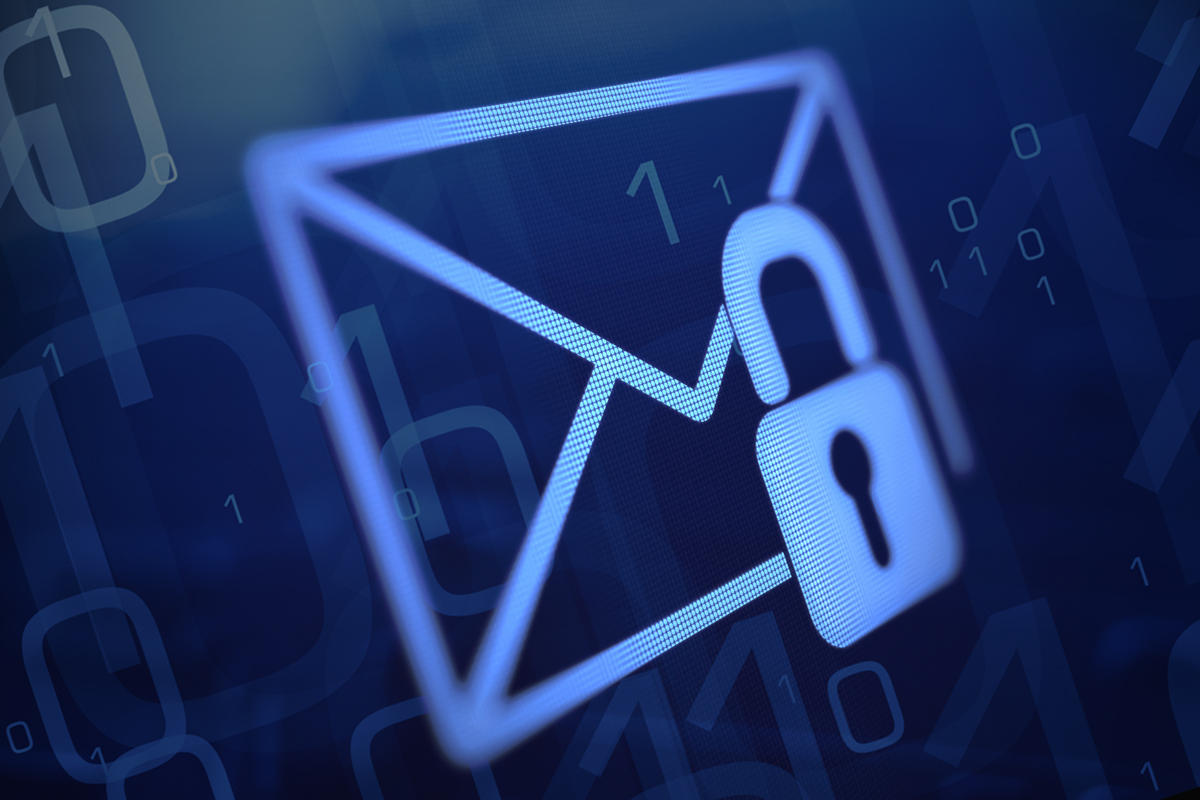Statistics show that organizations lose more than $400 billion every year from IT-related incidences. A data breach takes away the company’s valuable resources. The company loses money, time, and may even ruin its reputation. Yet 70% of businesses are unprepared for a cyberattack.
IT support and security is an ongoing process to keep the organization secure from cyber threats. Here are the most recent developments in cybersecurity.
1. Voice and Face Recognition Technologies
One of the challenges for many organizations is how to improve security without compromising the user experience. There is already widespread use of voice recognition in automobiles, customer service, and aviation.
But voice recognition can be vulnerable to impersonation. One way to enhance the security of your organization or service is to use biometric data in a two-factor authentication system. A fingerprint authentication alongside voice can boost security without compromising usability.
2. Phishing Attacks Go Beyond Email
Phishing is still one of the biggest cyber-attack issues for IT support teams in many organizations. According to a report by Verizon, phishing accounted for 32% of attacks in 2019.
What is different today is that the attacks have gone beyond email. Hackers are increasingly targeting users of mobile apps, social media channels like Facebook, and online chats.
Organizations should ensure employees understand those threats to minimize the risk of attacks within their network. For example, a memory card may carry a malicious application to the company’s network. The IT support team can introduce protocols on how to use private devices on the network, if at all. They can also train employees on how to react in case they think that they are being targeted or they have been compromised.
3. Data Breach in Public Clouds
Companies have been investing in cloud storage to facilitate data access and secure valuable data. However, clouds are becoming a target for cybercriminals too. As a result, more than 80% of IT services providers have decided to include a firewall and extra features in their package. Public clouds will install security tools like Secure Web Gateway (SWG), and Web Application Firewall (WAF) by default.
4. Attacks on Smartphones and IoT devices
IoT (Internet of Things) is one of the technologies that can enhance connectivity and data collection in organizations. The communication between the devices can minimize human effort and boost productivity.
However, businesses and homes with Smart Technologies may be prone to attacks. Hackers can access sensitive information on NAS servers to get information for Smartphones, connected devices, and even automated vehicles. To take advantage of the technology, more organizations will be looking for IT services, particularly server security.
5. Automation for IT Support
Often IT teams have a lot of tasks they have to complete within a short time. With reports showing that cybersecurity jobs are likely to be understaffed, employees can be overworked.
One solution is to apply automation and integration to reduce repetitive tasks. IT managed services can minimize their workload and boost productivity. While automation cannot replace employees, it can address staffing gaps and motivate employees.
Get in Touch with a Reputable IT Service Provider
Even though there are new threats, organizations should not ignore existing vulnerabilities. It is much better to focus on prevention rather than eradicating the issue after detection. SMEs should consider hiring a managed IT service support team to enhance security and boost their IT capacity. When you’re ready to better protect your business, rely on Progressive IT Services.





